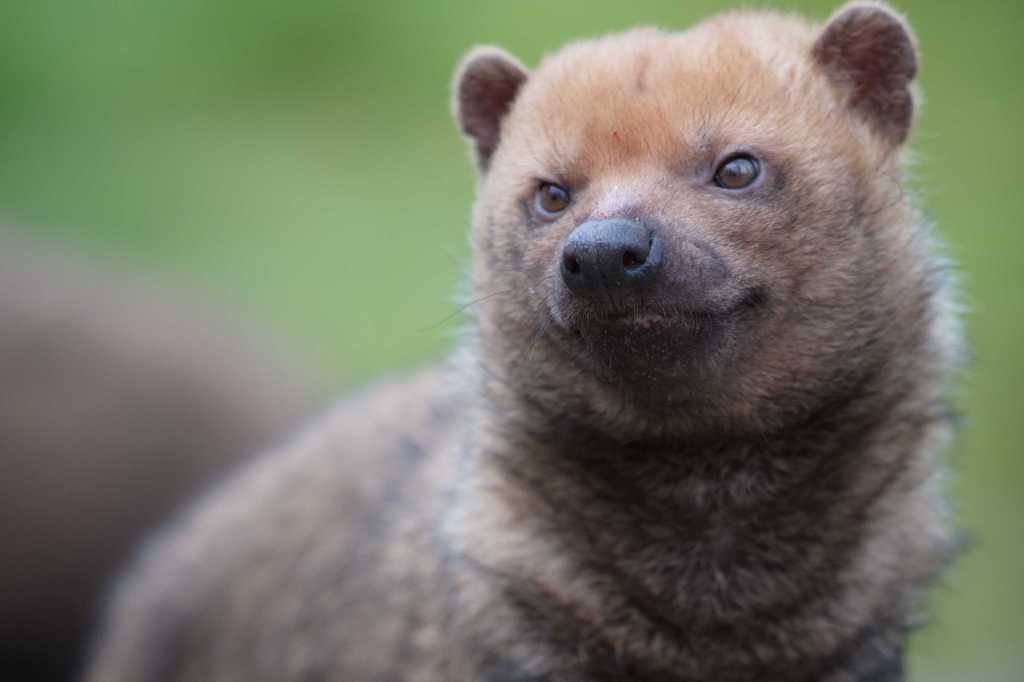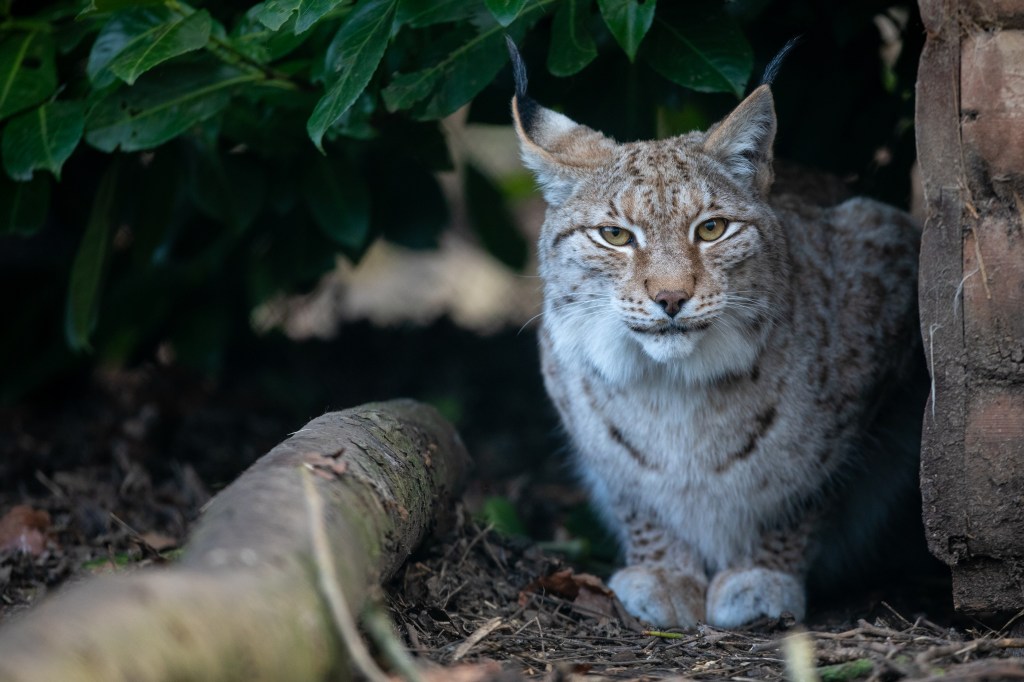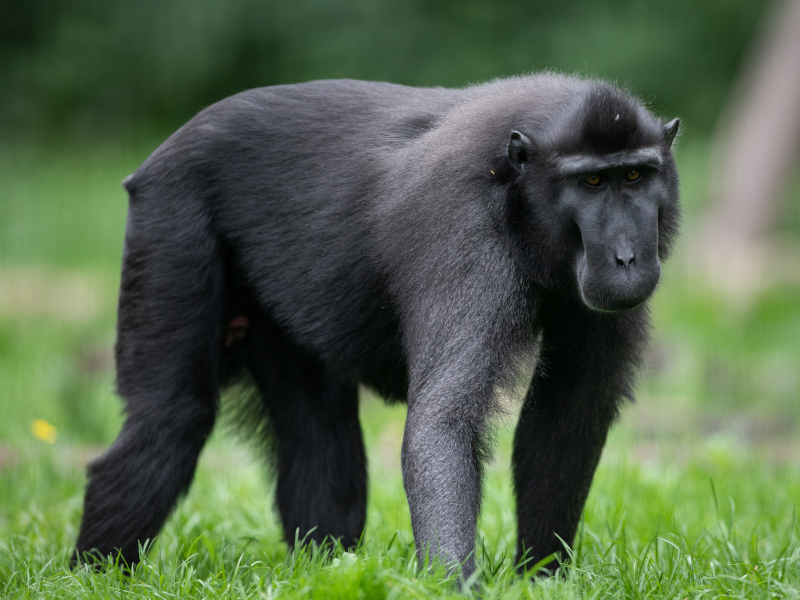

Popular Searches

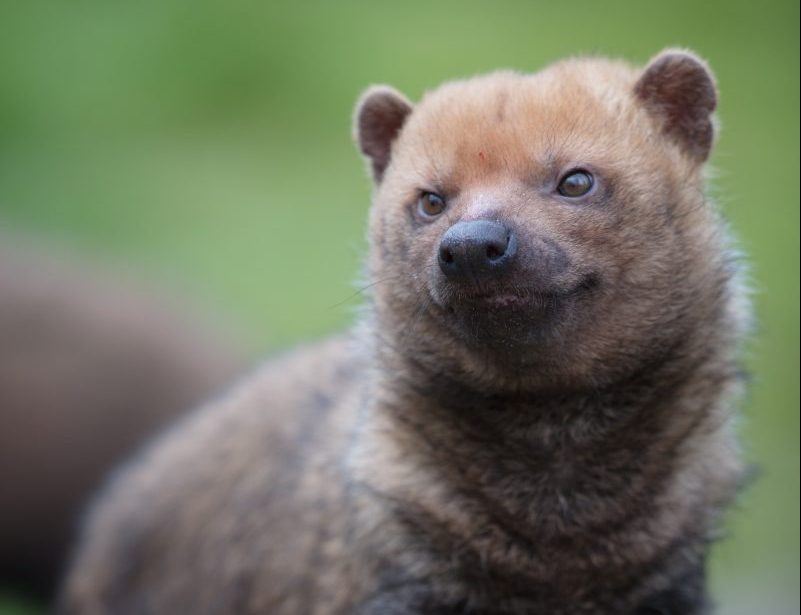
Zoo news – February 2024
It’s time for the latest edition of zoo news! In February, we introduced a new arrival, had an important health check up, took part in some important research, and checked in on the lynxes after their habitat upgrades last month.
Bush-dog exchange
This month, male Bush Dog, ‘Rogue’, who has been at Emerald Park for almost 7 years, left our zoo and moved to Hungary where he will hopefully form a new family! This is all part of the European Endangered Species Program (EEP) of which the Bush Dogs and many other animals in Emerald Park are part of.
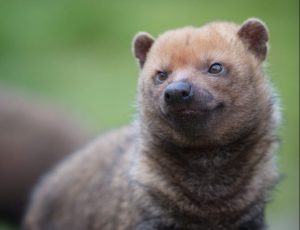
Being part of the EEP is an important part of our role in conservation, since it ensures we are actively maintaining a healthy, diverse population, to be able to reintroduce animals in the future to the places where they are now endangered or even extinct.
As part of keeping up with genetic diversity, a male Bush Dog has arrived to our zoo from a zoo in France, in hopes that he will breed with our resident female, ‘Missy’. He is settling in well and will be introduced to Missy next month (so don’t forget to check the Zoo News again to see how they are getting on!)
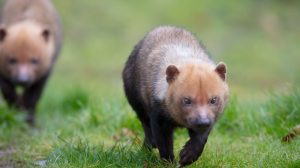
Bush dogs are listed as ‘Vulnerable’, by the IUCN Red List (International Union for Conservation of Nature). Bush dogs live in groups formed by a dominant couple and their offspring. Only the dominant pair will breed. The EEP coordinator and the zookeepers are hopeful that in time, the newly arrived male and Missy will have their own little pack!
Sergei: our geriatric male Amur leopard’s health check-up
At 19 years old, Sergei is one of the oldest Amur Leopards found in a zoo in Europe. Although Sergei appears to be in good health due to his age, it is important to do investigative health checks to ensure there are no underlying conditions that could not be seen at first glance.
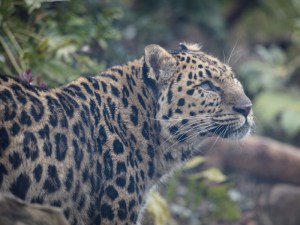
📸 Emma B
Sergei has been trained to participate in his own veterinary care! Zookeepers have trained Sergei to stand on his hind legs against a fence, where they can check the pads of his paws and his abdomen. He is trained to show his side along the fence, and to allow zookeepers to inspect him through the bars. Sergei is also trained to allow the keepers to draw blood for analysis and to open his mouth to get a full view of his teeth!
On the morning of his health check, Sergei was injected for sedation. Once the sedation was confirmed by the Zoo Manager and Vet, they worked with zookeepers, our vet nurse, and the veterinary team, to do a full check-up. This included blood analysis, an ultrasound, and having his claws and teeth checked.
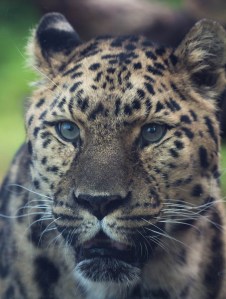
📸 Emma B
Results from Sergei’s health check showed he has some minor issues in his teeth, and his muscle condition is low, but these are both due to being an aging animal. The samples were sent off to be analysed and we are waiting for results. The zoo’s vet will keep in regular contact with our Veterinary Consultant who specializes in Big Cats, to ensure Sergei gets the best possible care.
New Lynx climbing frame update
Did you know? Eurasian lynxes are the third largest predator in Europe, after the brown bear and the wolf.
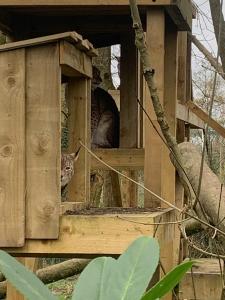
📸 Monica H
Emerald Park is home to 4 female Eurasian Lynxes: Lana, and her 3 daughters, Silver, Ana, and Zelda. This month, the keepers and maintenance crew finished the construction of a new climbing frame for the group. The new climbing frame goes up at different heights with its highest platform being approximately 4 metres! This gives our lynxes the opportunity to watch guests from a height.
Eurasian lynxes are known to be more active in the temperature range of 5 and 20°C, so these winter months are perfect to get used to their new climbing frame before the temperatures rise in summer. Their activity levels also change with other environmental factors. Eurasian lynxes change their activity level with the moon phases; when there is full moon, they tend to be less active overall. Why do you think that is?
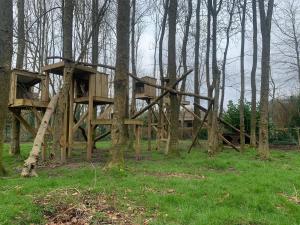
📸 Monica H
Eagle Owls Mating Behaviour
When the park reopens in March, visitors may notice 3 female Eagle Owls, Electra, Amber and Smeagle, having some unusual behaviours. They are showing breeding and courtship behaviours, and are being very vocal as they are on the lookout for a mate. You might be able to hear them from other parts of the park as they can be heard from kilometres away! Now, they are getting their nests ready, if they lay eggs at the end of the month, they will sit on them for days. So, if on your next visit you can’t see them at first, try looking for them in more protected areas around the bushes, where they might have built their nests!
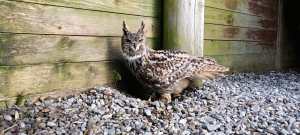
Eagle Owl Smeagle
📸 Cian
Eagle Owls are solitary animals and generally only come together for breeding. Pairs are monogamous and generally mate for life. Courtship starts in late winter, early spring, with a lot of calling, also known as vocalising. During this period, males usually display to females by hooting, wing-clapping and bowing, among other behaviours. Courtship may also involve some “duetting”, where the male sits upright and the female bows to him as she calls.
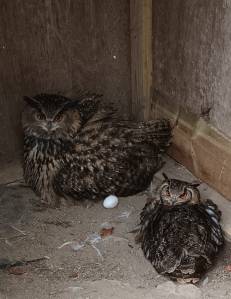
📸 Cian
Sulawesi-crested Macaque research
Research is one of the main roles of a zoo, which is why we support and facilitate research projects, and why we are supporting a PhD project being conducted by Luke Collins. This particular study focuses on discovering the secrets of cooperation and self-control among primates, in hopes that it will help decipher that part of human behaviour.
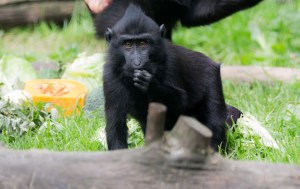
📸 Emma B
The species chosen for this study was the Sulawesi-crested Macaque, which shared a common ancestor with humans (around 25 million years ago so they are like our distant cousins).
Cooperation and self-control are essential for social animals, and us humans. Scientists are curious about why people and animals cooperate. They think that being able to control yourself might be connected to how well you cooperate, but they are not sure exactly how they are linked.
We are trying to figure out why people and animals, like the Sulawesi-Crested Macaques, work together. By watching how these monkeys behave in different situations, we hope to learn more about how self-control and cooperation are connected.
The thought is that being able to control yourself, is like having a superpower. It helps you do better in school and make more friends. Scientists want to know if monkeys who are good at waiting for treats also tend to be good at working together. Or if having strong friendships with other monkeys might be more important for working together.
To figure this out, Luke is setting up special games for these monkeys, to see if the ones who are good at controlling themselves are also good at playing together with their monkey friends.
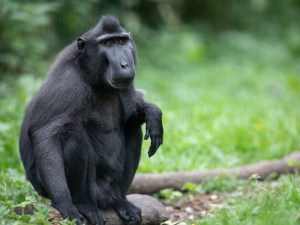
By studying this in the Sulawesi-Crested Macaques, we hope to learn more about why cooperation is so important for both monkeys and humans.
Thanks for reading. Check back next month for more zoo updates!
The Emerald Park Zoo Team



